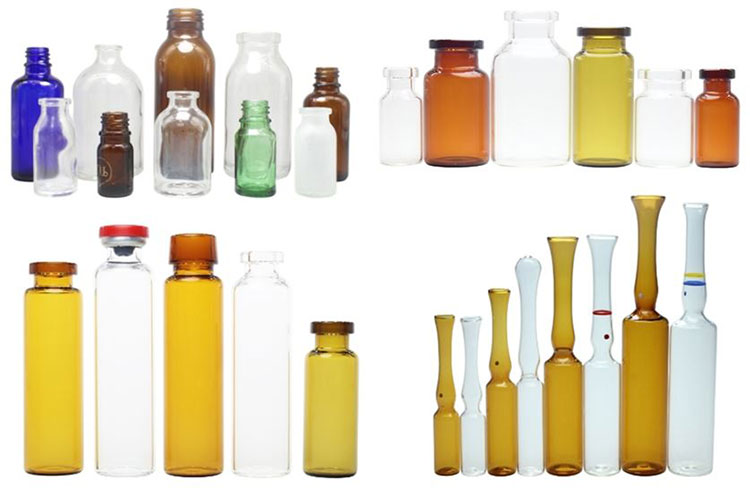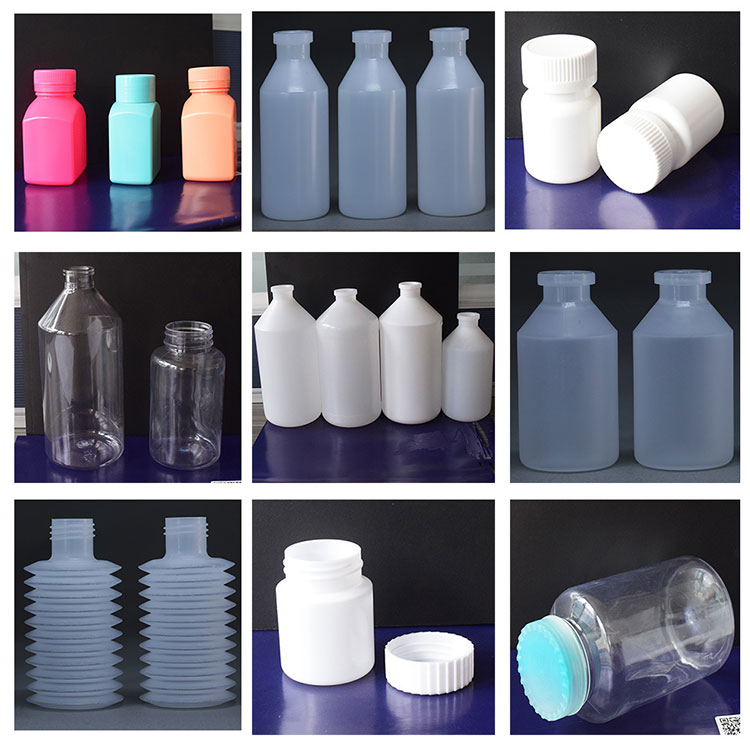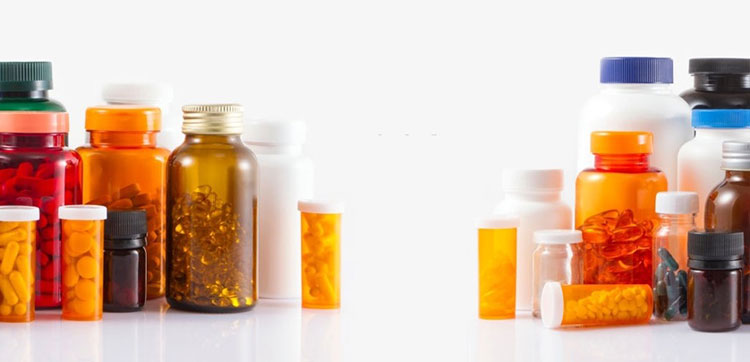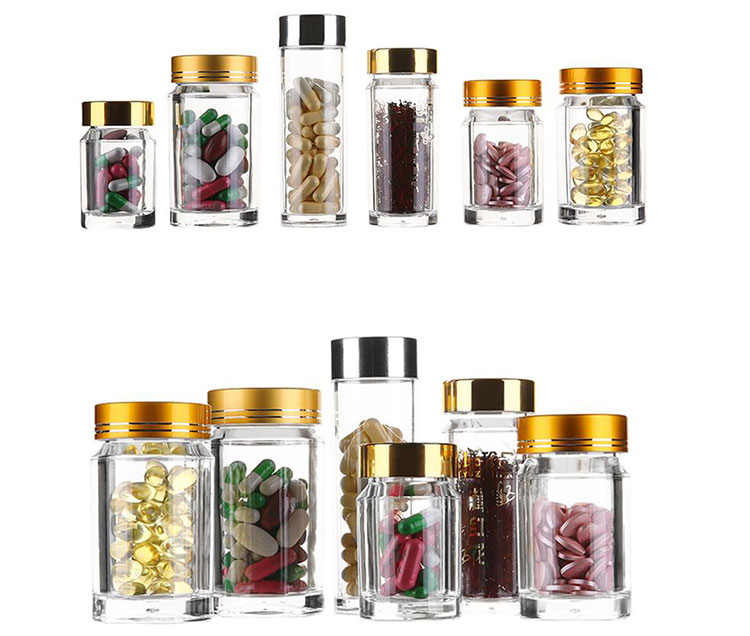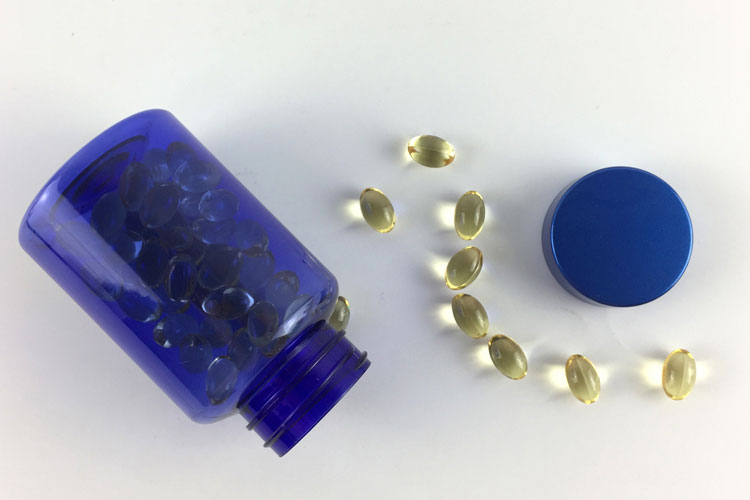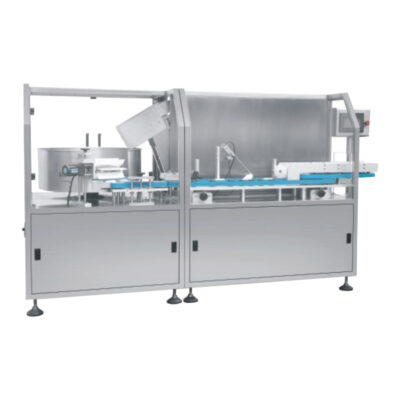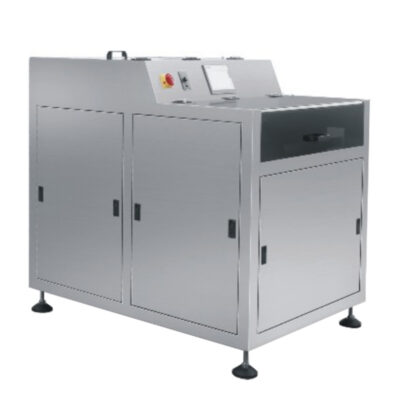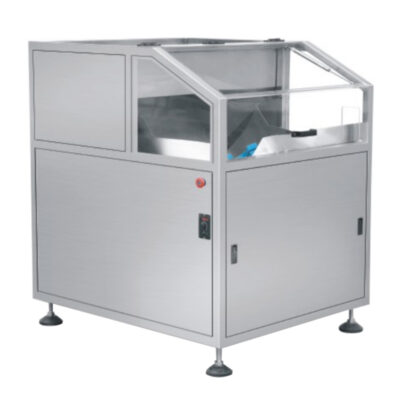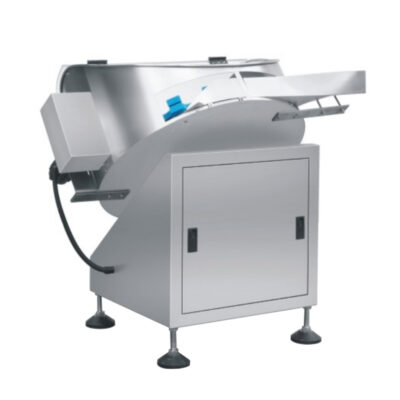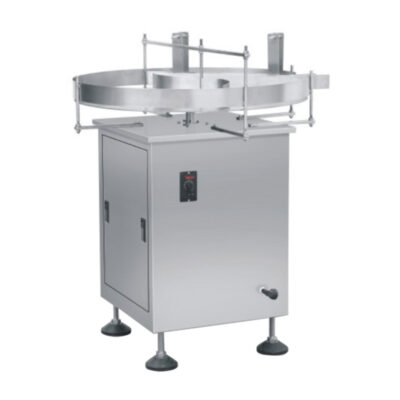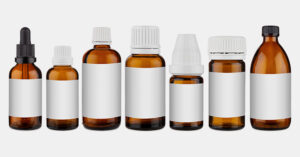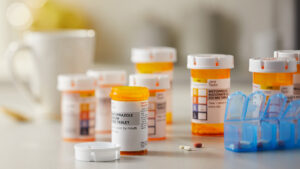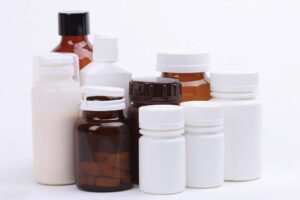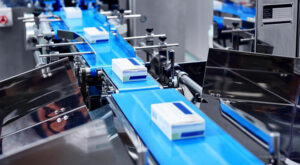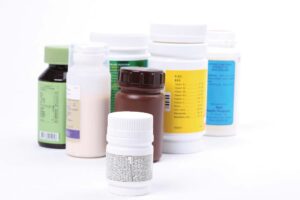How Pharmaceutical bottles Develops and How Should You Choose?
Pharmaceutical bottles have come a long way in a very short time. But what impact does that have on how you make pharmaceutical packaging decisions for your next launch?
The trials and tribulations that have been overcome throughout the years lend themselves to a much leaner, more durable, and better overall product, with all things considered.
Now let’s take a look at the evolution development of the medical bottles and how that relates to the choices you make when it comes to packaging.
Stoneware
The mother of all containers, stoneware was the first to house medicine and pharmaceuticals.
It was porous, hard to craft, and easily breakable. All in all, a great start but medicine bottles had a long way to go before they were affordable, sustainable, and durable.
Glassware
Since the early 17th century, glass medical bottles and prescription bottles have been a staple on drugstore shelves in every city in the country.
Durable, impermeable, and relatively customizable, glass presented an option that pharmaceutical and medical manufacturers hadn’t yet experienced.
Whether clear, brown, or in a variety of opaque shades, glass medicine bottles served a simple purpose exceedingly well but tended to be heavy, breakable, and costly to produce.
Over the years, glass became much easier to produce and customize with the advent of industry and glass-blowing machines. These revolutionary machines helped produce bottles more quickly and with much higher precision for uniformity.
Plastics
Early plastics were clunky, but effective nonetheless.
When plastic packaging and bottles first came on the scene in the 1940’s, they were incredibly expensive to make and hadn’t yet displaced glass as the primary packaging material for pharmaceuticals.
As the industry progressed, plastic bottles evolved more and more, eventually resulting in the holy grail of medical packaging:
- Durable
- Sterile
- Customizable
- Affordable
In fact, most industries have completely replaced glass with plastic across the board.
Then what is the pharmaceutical packaging nowadays?What is the current packaging technology?
Current advances in plastic molding technology have begun to offer enhanced customization and rapid testing processes to help you find the perfect fit for your product in less time and more affordably.
Whether medical or retail, custom plastic packaging is taking the world by storm and is quickly being adopted by all industries. Check out our recent article on how precision packaging is changing the beauty industry for the better.
But, how does this help you determine which bottle is right for your product?
By understanding the needs of those that came before you and how those needs disrupted the packaging industry, you can pinpoint the major pain points that your predecessors experienced and worked to overcome so that you can focus on those same pain points to achieve packaging success.
Then what is the lessens we learn from that?
Durability
Overall packaging durability is a major factor that should be considered when selecting your ideal bottle.
Your customer will put your product packaging through the wringer in their daily life and use, so the bottle must be able to stand up to it in more ways than one.
Your pharmaceutical bottle must be:
- Crush Resistant
- Heat Resistant
- Water Resistant
Safety
When it comes to medications, you can never be too careful. Ensuring that your new pharmaceutical bottle is not only child resistant but senior friendly and safe for daily use is critical.
To meet government regulations and your own peace of mind, look to precision packaging and child-proof closures for the perfect balance of safety, affordability, and beauty.
Ease of Use
Simplicity is the key to your customer’s heart. They are purchasing your product for its convenience and the effect that it has on their life and health, which means that they don’t want to use a crowbar to open it.
While child safety and general user safety are a major concern, finding a middle ground between safety and ease of use when it comes to bottle styles and closures is important.
Liquid Permeability
No matter what type of product you’re offering, the packaging must be resistant to liquid and vapor permeability to protect the integrity of the medication.
All medical bottles and containers must meet a very specific regulatory code for water and vapor transmission rates, and at Comar, we are specially equipped to ensure that your pharmaceutical packaging is up to code every time.
Still need a little help with how to achieve the perfect custom packaging design? Check out our recent blog about the 6 steps to follow to get amazing results.
Or, are you curious about the differences between all of the plastic packaging types out there? Check out our recent blog outlining the pros and cons of custom packaging materials.
Conclusion
The pharmaceutical industry increasingly recognizes the needs of people who experience difficulties swallowing conventional tablets and capsules, and is responding with products that are more convenient to take.
An industry-wide focus on the design of packaging that can protect these user-friendly dosage forms, as well as improve patient compliance and fit into modern consumers’ lifestyles, has resulted in a wide range of primary and secondary packaging solutions.
These options are helping pharmaceutical companies incorporate the necessary safety and product protection features required to ensure products are safe and effective, while better meeting the individual needs of customers.
To improve brand recognition and differentiate products from the competition, packaging must be intelligently designed and clearly convey the product promise.
Bottle Unscrambler Related Products
Bottle Unscrambler Related Posts
Bottle Unscrambler Related Videos
CONTACT US
Tell us your raw material and project budget to get quotations within 24 hours.
WhatsApp Us: +86 181 6426 8586

The Buyer's Guide
- Capsule Filling Buyer's Guide
- Blister Packaging Buyer's Guide
- Tablet Counting Buyer's Guide
- Tube Filling Buyer's Guide
- Cartoning Buyer's Guide
- Gummy Making Buyer's Guide
- CO2 Extraction Buyer's Guide
- Empty Capsules Buyer's Guide
- Suppository Filling Buyer's Guide
- Tablet Coating Buyer's Guide
- Tablet Press Buyer's Guide
- Softgel Encapsulation Buyer's Guide
Most Popular
- 7 Importance Of Pharmaceutical Packaging In Different Applications You Must Know
- 6 Advantages You Must Know About Tablet Counting Machine
- 8 Advantages of Blister Packaging You Must Know
- 6 Critical Applications of Automatic Capsule Filling Machine
- 6 Stations You must Know to Improve the Filling Quality of Automatic Capsule Filling Machine




